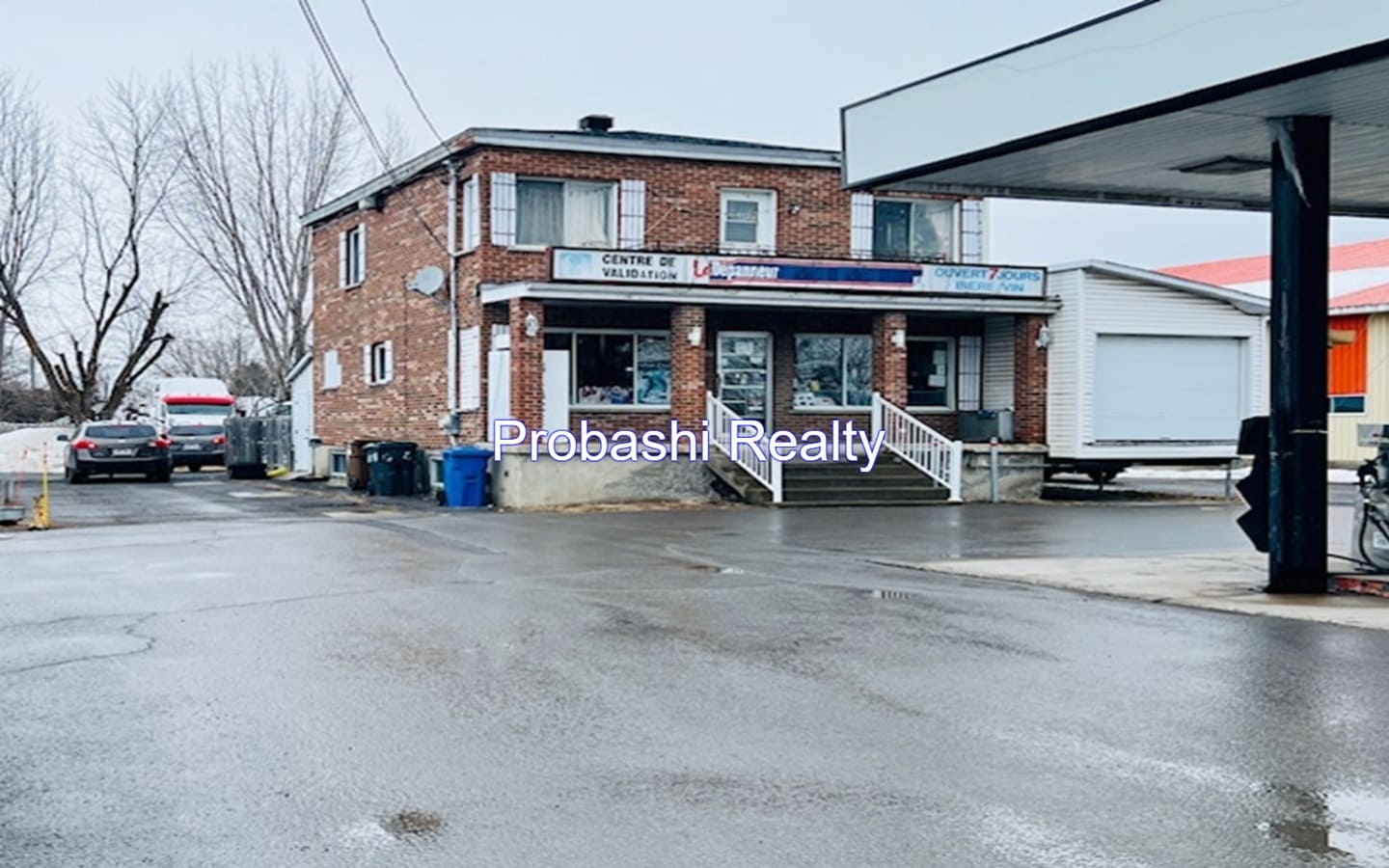Here is a list of some major banks in the United Kingdom. Please note that the financial industry may have undergone changes, and new developments may have occurred since then. There are various types of banks in the UK, including retail banks, investment banks, and others. Here are some prominent ones:
1. HSBC Holdings plc
2. Barclays plc
3. Lloyds Banking Group plc
4. Royal Bank of Scotland (NatWest Group)
5. Standard Chartered plc
6. Santander UK plc
7. Nationwide Building Society
8. Metro Bank plc
9. Co-operative Bank plc
10. TSB Bank plc
This is not an exhaustive list, and there are many other banks, building societies, and financial institutions in the United Kingdom. It’s advisable to check the latest information for the most up-to-date list.













